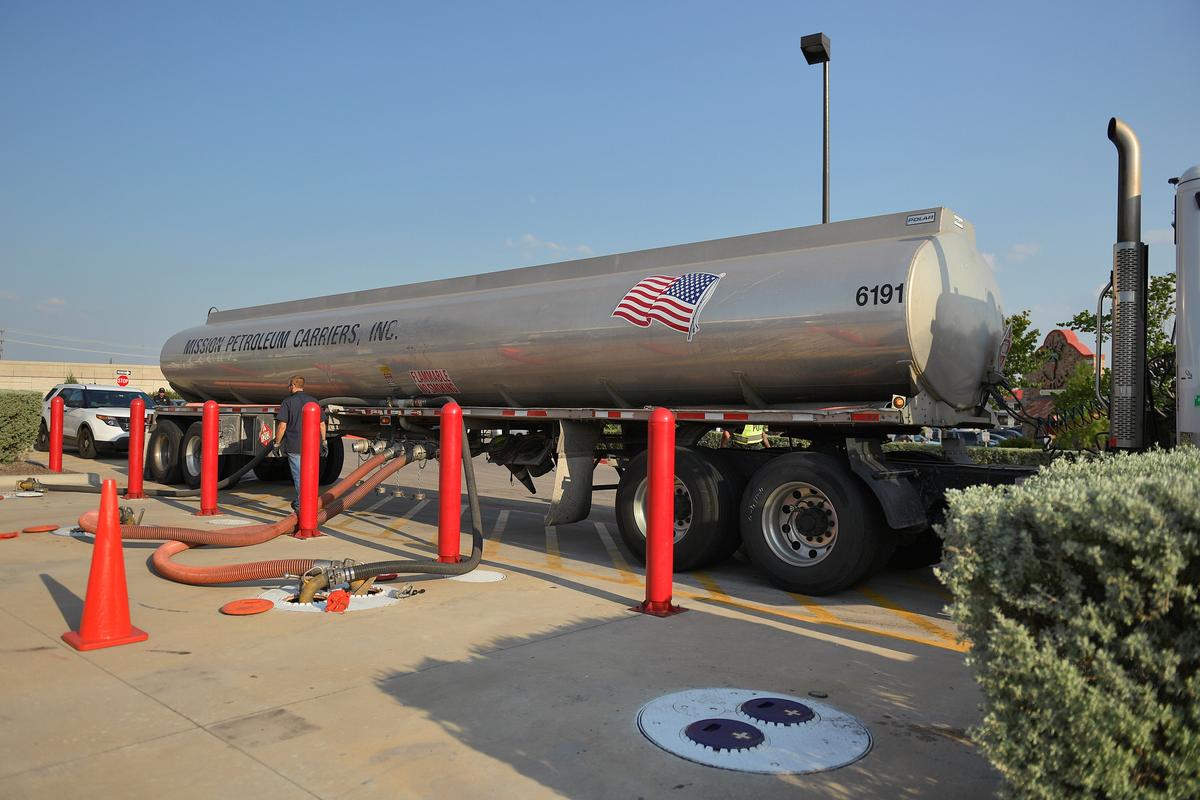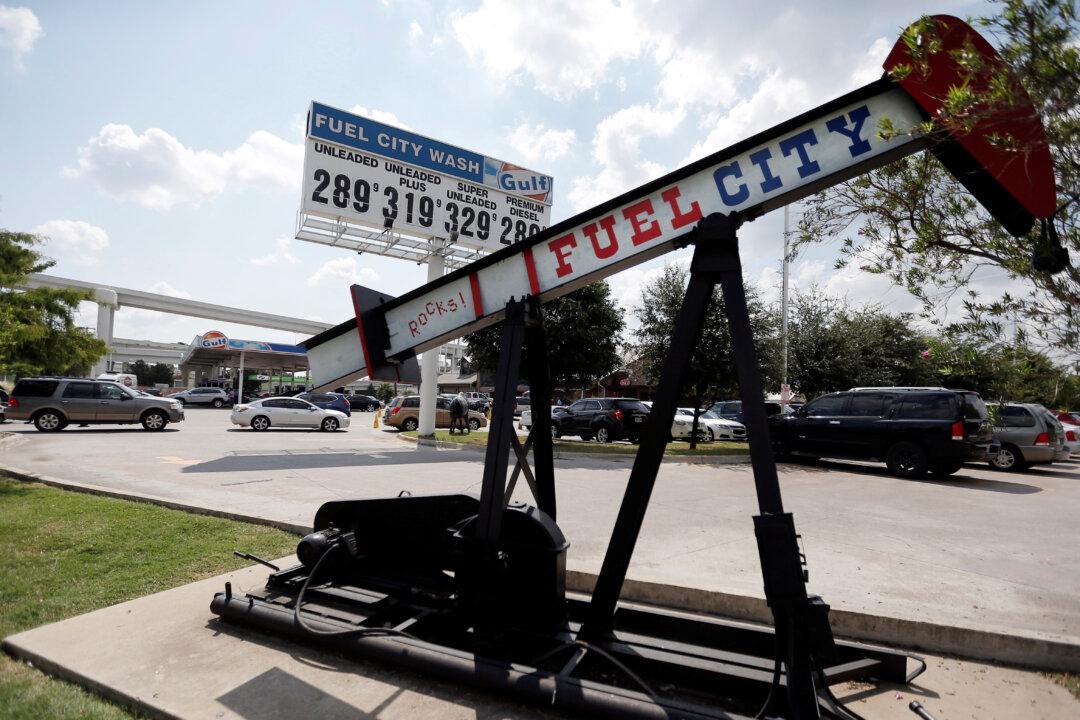NEW YORK—U.S. gasoline prices fell on Monday as the nation’s oil heartland continued to claw its way back from the devastation wrought by Storm Harvey, with shipping channels, pipelines and refineries restarting operations.
Port operations across the U.S. Gulf Coast oil and gas hub were resuming, although many still had restrictions on vessel draft, according to U.S. Coast Guard updates. Key fuel pipelines planned to restart as more of the oil refineries that feed them ramped up production.
Benchmark U.S. gasoline futures fell by 3 percent, and retail prices edged only one cent a gallon higher on Monday, according to motorists advocacy group AAA, after climbing by more than 20 cents in the wake of the storm.
The storm dumped as much as 50 inches of rain over Texas and Louisiana, forcing officials to close or restrict operations at ports from Corpus Christi, Texas to Lake Charles, Louisiana. It also forced the closure of nearly a quarter of the nation’s oil refining capacity.






